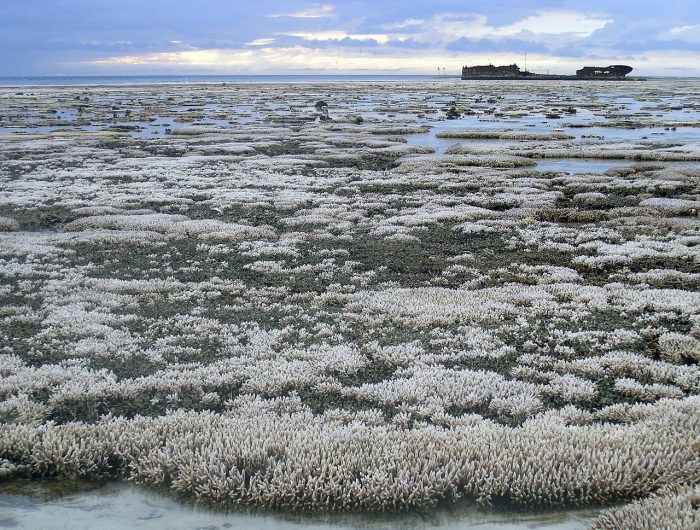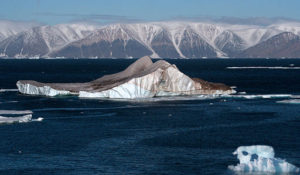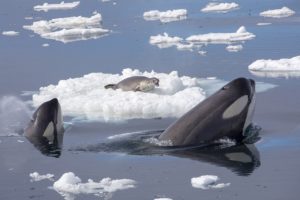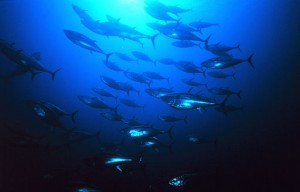Ocean Acidification Could Drive Biodiversity Loss
Acidification of the world’s oceans could drive biodiversity loss in some marine habitats.
 Image: By Oregon State University - Bleached coral, CC BY-SA 2.0, https://commons.wikimedia.org/w/index.php?curid=50490719
Image: By Oregon State University - Bleached coral, CC BY-SA 2.0, https://commons.wikimedia.org/w/index.php?curid=50490719 Some marine habitats could face biodiversity loss due to ocean acidification. Research from the University of British Columbia and colleagues from Europe, USA, Australia, Japan and China, combines dozens of existing studies to discover exactly what the impact of ocean acidification will be.
This new research, published in Nature Climate Change, differs from most studies on ocean acidification that examine its impact on individual species. Instead, this study predicts how acidification will affect living habitats, such as coral reefs, seagrass meadows and kelp forests, which support a wealth of ocean species.
The researchers combined data and observations from ten field studies that measured the impact of underwater volcanic vents on the density of habitat-forming species. The vents release carbon dioxide and mimic the conditions of future ocean acidification. They combined that data with 15 studies focusing on how changes in habitat typically impact local species to make their predictions.
“Not too surprisingly, species diversity in calcium carbonate-based habitats like coral reefs and mussel beds were projected to decline with increased ocean acidification,” said UBC zoologist and biodiversity researcher Jennifer Sunday, who led the study. Species that use calcium carbonate to build their shells and skeletons, like mussels and corals, are expected to be particularly vulnerable to acidification. “The more complex responses are those of seagrass beds that are vital to many fisheries species. These showed the potential to increase the number of species they can support, but the real-world evidence so far shows that they’re not reaching this potential. This highlights a need to focus not only on individual species, but on how the supportive habitat that sets nature’s stage responds and interacts to climate change.”
The research was focused on the impact of acidification on specific ocean habitats – coral reefs, mussel beds, kelp forests and seagrass meadows. These habitats support thousands of marine species. Observations of altered habitats around the world were used to project how changes in these habitats brought on by ocean acidification will affect the number of species that each habitat supports. These predictions could be tested against real-world data from two sites – a coral reef near Papua New Guinea and a group of seagrass beds in the Mediterranean. Despite predictions that seagrass beds would fare well under increased levels of carbon dioxide, no increase in biodiversity was observed. And, worryingly, in the case of the coral reefs, the diversity and complexity of marine life in the area decreased as acidification increased.
“We’ve known for a while that there will be big losers and some winners with climate change,” said UBC marine ecologist Christopher Harley, senior author on the paper. “We don’t have time to measure the impact of climate change on each individual species, but using this approach allows us to make reasonable predictions. Now we have a much clearer picture of how some losers can drag biodiversity down with them, and how some other species might be able to help their habitat mediate a response to acidification. For example, in the Pacific Northwest, the number of medium to large-sized edible saltwater mussels is likely to decrease as the chemistry of our oceans changes, and this is bad news for the hundreds of species that use them for habitat.”





No comments yet.